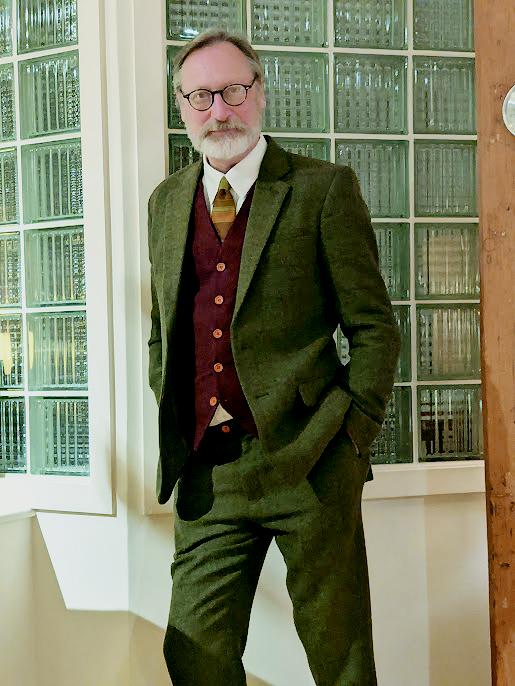Symphony for the City of the Dead: Author M. T. Anderson's 2016 BGHB NF Honor Speech
This book is a hymn, I hope, to a composer I love and to the power of music in general.
 This book is a hymn, I hope, to a composer I love and to the power of music in general. It began when my interest was piqued by the idea of a symphony considered so important that it was transferred onto microfilm like some dossier in a spy novel and smuggled halfway across the globe. Over the years, my sense of the project has deepened far beyond that, to a real passion for the larger story of the struggle of the Soviet people, trapped between Hitler and Stalin — two of the most terrifying dictators the world has ever known.
This book is a hymn, I hope, to a composer I love and to the power of music in general. It began when my interest was piqued by the idea of a symphony considered so important that it was transferred onto microfilm like some dossier in a spy novel and smuggled halfway across the globe. Over the years, my sense of the project has deepened far beyond that, to a real passion for the larger story of the struggle of the Soviet people, trapped between Hitler and Stalin — two of the most terrifying dictators the world has ever known.Why did I decide to write the book for teens, instead of adults? I think it goes back to two moments in my own youth: first, my memory of reading John Hersey’s Hiroshima in eighth grade, and having my mind blown by the realization that war was much more complicated than I had ever understood before. War was not just a simple clash of good and evil. And then a second moment: years later, when I was eighteen or nineteen, I heard a piece by Shostakovich (one of his cello concerti), and suddenly the harmony swerved in a way I’d never heard before. It was beyond major and minor. Like that engagement with Hersey’s WWII reporting, I felt my world broadening; I suddenly recognized complexities I’d never even suspected.
Now I’m an adult, and I’m used to dissonance and to the unbearable crimes of war. I take them for granted. But I shouldn’t. So I wanted to write this book for readers who still feel outrage at discord, who still dream of a more harmonious world.
From the January/February 2017 issue of The Horn Book Magazine. For more on the 2016 Boston Globe-Horn Book Awards, click on the tag BGHB16. Read M. T. Anderson's 2016 Horn Book at Simmons Keynote: "Outside the Box."

RELATED
RECOMMENDED
ALREADY A SUBSCRIBER? LOG IN
We are currently offering this content for free. Sign up now to activate your personal profile, where you can save articles for future viewing.






Add Comment :-
Be the first reader to comment.
Comment Policy:
Comment should not be empty !!!